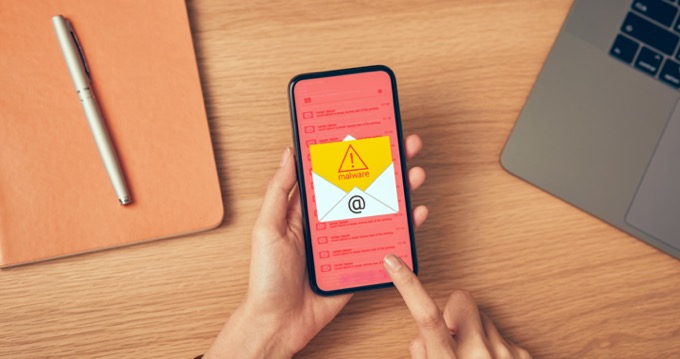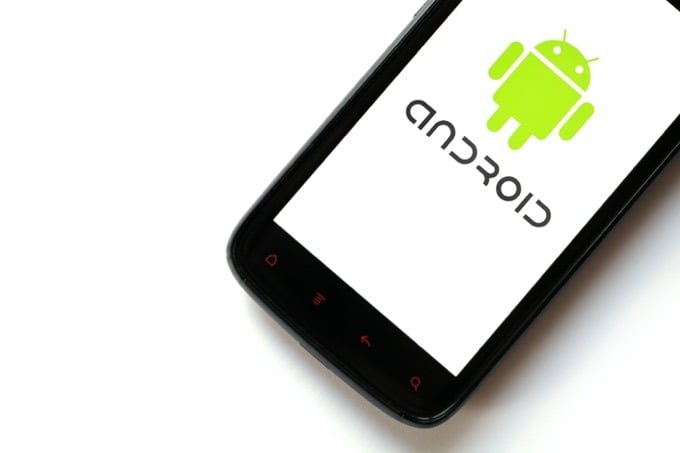Don't be scared, we'll help you get the hang of it
So you’ve decided that the latest iPhone just isn’t for you. The Android side of the fence looks way more enticing and it’s time to see how the other half lives. You’re switching from iPhone to Android, which is great!
However, there are a few very important things you need to know before jumping in with both feet.

Switching Takes Some Work & Some Things Must Stay Behind
While Apple makes an Android app to help you switch to their phones, it’s no surprise that they don’t offer one to help you switch to the competition. The good news is that the stuff you most likely want to transfer from your iPhone to your new Android phone can simply be shifted over using cloud services.
For example, if you have Google Drive installed on your iPhone and you log into your Android phone with the same Google account credentials, it will import your contacts, passwords and all the other data Google stores on your behalf on that new phone.

Files stored in your iCloud account can also be accessed from your new Android phone by simply logging into the iCloud website from a browser. From there you can simply download the photos stored there.
The one thing you can’t transfer are apps. With the exception of apps which are attached to a subscription or cloud account, you’ll have to rebuy any apps that also have an Android version. This can be a significant additional cost, so it’s worth checking how much your favorite apps will cost you a second time around on Android.
There’s No Standard Interface
Using any iOS device, be it an iPad or an iPhone, will give you more or less exactly the same experience. There are some concessions to the hardware and use cases for the different devices in the range, but by and large all iOS devices look and feel the same in terms of interface experience.

While there is a “stock” Android experience, almost no Android handset uses it. It’s mainly Google’s own Pixel devices that provide the pure Android operating system. Other handset makers, such as Samsung, develop their own custom interfaces and modifications of Android. Whether you like these or not depends on you, but two Android handsets may feel so different that it’s hard to believe they run the same operating system.
However, some companies actually do a good job of mimicking the look and feel of iOS. Notably Xiaomi’s Mi UI, which really does feel like a classic iOS device. That could actually be seen as a good transitional option for ex-iPhone users.
You’ll Have to Wait for Software Updates
As an iPhone user, you’re used to Apple announcing a new iOS update and then getting to download it almost immediately after release. On Android things are very, very different.

Google will release a new version of Android and then each phone maker will start their own modification process. This means you’ll only get that new version of Android months later, if you get it at all, since some handsets will be abandoned entirely.
The good news is that the big names, such as Samsung, have started to break up their updates so that critical security features and bug remedies are available quickly. You also have the option of “rooting” your Android phone and installing stock Android on it, but this is a power-user option that’s not for the faint of heart.
Malware Is a Real Concern
With the exception of jailbroken iOS devices, Apple keeps an incredibly tight grip on the app ecosystem of their devices. One advantage of this is that malicious applications are rare to nonexistent on iPhones. On Android, which is an open platform, there’s no such safety net.

If you use a reputable app store such as Google Play when switching from iPhone to Android, you’ll probably be OK. However, even then problematic apps can slip through. So never assume that an app can be trusted and consider using some form of anti-malware software on your Android device.
Apple Subscription Services Are Spotty On Android
There are only two Apple apps on Android. The first is the aforementioned utility that lets you switch to iPhone. The other is the Apple Music app. That’s it. If you love Apple TV+, Apple Arcade or Apple Music you may be in for a rough time on Android.

Apple Music actually works pretty well, but Apple TV is only accessible via a browser which is very unstable. Apple Arcade is iOS-only, which we don’t suppose surprises anyone. As mentioned above as well, iCloud can only be used via your browser and not everything works.
Apple Messaging Services Are Gone
iMessage and FaceTime have dedicated fan bases, but you won’t find Android versions of these services. Instead, you’ll have to permanently switch to something like Skype or WhatsApp.

This is probably not going to be that much of a problem for you, since you probably had these apps on your iPhone as a way to speak to non-Apple users.
You’re In Control
While iOS has been opening itself up to users more and more, it’s still not nearly as open as Android. You get full access to the Android file system and can install software from any source. That includes alternative app stores or just direct installation of Android “apk” packages. A practice known as “sideloading”.

This is both a good and a bad thing, since it means you can end up installing software that causes privacy problems or data damage. The good news is that most Android phones have side loading disabled by default, if this is something that worries you. However, if you do decide to give it a go, make sure you know the risks.
We’re Not So Different, You and iPhone
While there are some important differences between iOS and Android, as phone operating systems in day-to-day use they’re pretty similar. Most people are going to be up to speed within a day or two going from one to the other.
So there’s no reason to be apprehensive about moving away from Apple’s walled garden when you’re switching from iPhone to Android. If you pick a good Android phone with one of the better custom interfaces (or even stock Android!) you’ll feel right at home in no time at all.
